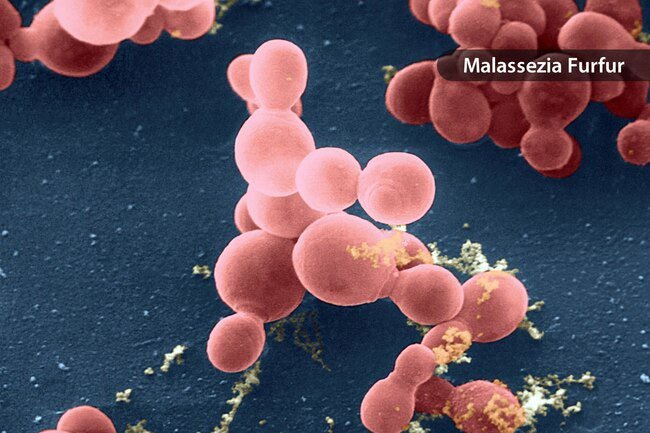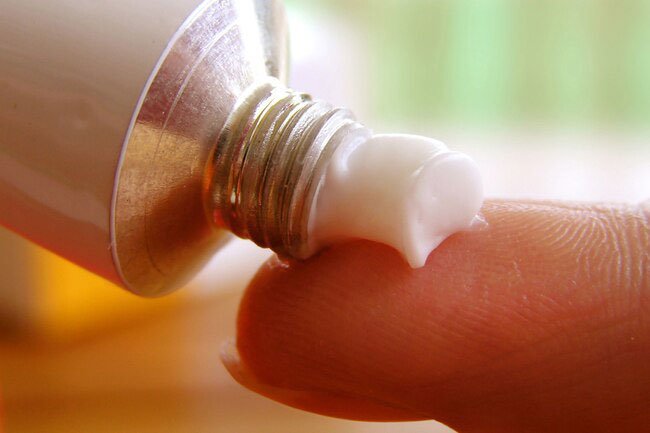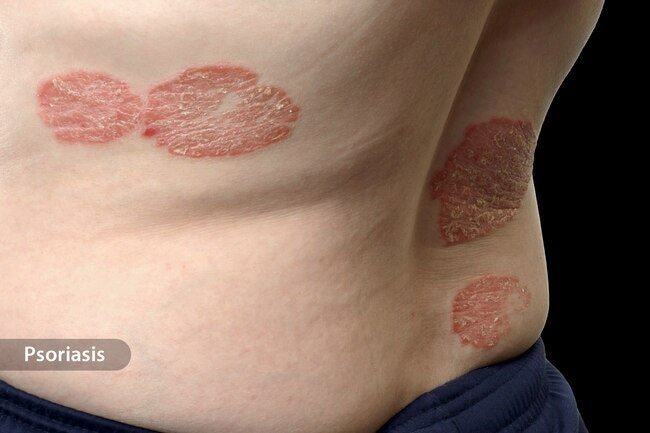Skin Problems and Treatments: Guide to Seborrheic Dermatitis
What’s Seborrheic Dermatitis?

It's a common rash that causes red, scaly, greasy skin. Dandruff, which affects your scalp, is one common type, but any skin with oil glands might develop the condition. Weather, hormones, and stress can affect your symptoms. The condition doesn’t spread from person to person, and it’s usually easy to manage.
Symptoms

If you have sebaceous dermatitis, skin around oil glands (sebaceous glands) may:
- Redden
- Itch
- Burn
- Crack and leak fluid
- Get greasy and swollen
- Form a crust with white or yellow flakes
Where You Get It

Seborrheic dermatitis is common on the scalp where it can cause dry flakes (dandruff) as well as greasy, red, thickened skin. Other common areas include:
- Upper back, chest, and belly button
- In bend of arms, legs, and groin
- Face, forehead, base of nose, eyebrows
- In creases behind ears and under breasts
Who Gets It?

Around 1 in 10 people have seborrheic dermatitis. Infants younger than 3 months old and adults between ages 30 and 60 are mostly likely to get it. It's more common in men than in women and in people with naturally oily skin or a family history of psoriasis.
People of Color

There is some evidence that Black people may be more likely to develop seborrheic dermatitis. The symptoms can vary, too. People with dark skin color may not see any redness in the skin. Instead, the affected area may simply be lighter than the surrounding skin. Scientists don’t yet know the reasons for this lightening (hypopigmentation).
In Babies: Cradle Cap

Cradle cap is seborrheic dermatitis that commonly develops in babies between 2 weeks and 12 months. You might notice red or dark, scaly or crusty yellow patches on their scalp. Or it could start in the face or diaper area and spread elsewhere. It’s usually not serious and often goes away on its own in a few weeks. Talk to your doctor if symptoms worsen or lead to other problems like infection.
Health Issues That Raise Your Risk

- A weak immune system from an organ transplant, lymphoma, or HIV
- Neurological diseases like Epilepsy, Parkinson’s, and tardive dyskinesia
- Mental health issues like depression, alcoholism, and eating disorders
- Down syndrome
- Medications like buspirone, chlorpromazine, haloperidol decanoate, and lithium
Causes

Scientists don't know exactly what causes seborrheic dermatitis, but some factors appear to play a role:
- A yeast on everyone’s skin (malassezia) that overgrows
- Higher levels of androgens (type of hormone)
- More fats (lipids) in the skin
- Inflammation
Triggers

Some things seem to start or worsen seborrheic dermatitis. These include:
- Stress
- Cold, dry weather
- Harsh detergents, solvents, chemicals, and soaps
- Alcohol-based lotions
- History of skin problems like rosacea, psoriasis, and acne
Diagnosis

Your doctor will ask you about your medical history and symptoms. After that, they should be able to tell if you have seborrheic dermatitis just by looking at your skin. In rare cases, such as when your symptoms don’t improve with treatment, they may need to take a bit of your skin to look at under a microscope in order to rule out other conditions.
Treatment

Options might include:
- Corticosteroid cream to lessen swelling and itching
- Medicated shampoos, creams, and washes including some made with calcineurin inhibitors and others with sodium sulfacetamide
- An antifungal skin wash, ointment, or shampoo made with ciclopirox, fluconazole, ketoconazole, or selenium sulfide
Talk to your doctor about any possible side effects of these medications.
Is It Something Else?

It could be. Psoriasis in particular can look very similar to seborrheic dermatitis. Both can cause patches of flaky red skin on your back or scalp. The scales of psoriasis are typically thicker and have more clear edges. But it could be hard to tell unless you have a way to compare the two. Another condition, sebopsoriasis, mimics symptoms of both conditions. The only way to know is to visit a skin doctor (a dermatologist).
Skin Problems and Treatments: Guide to Seborrheic Dermatitis
IMAGES PROVIDED BY:
- Patrick McDonnell / Science Source
- Dr P. Marazzi / Science Source
- Dr P. Marazzi / Science Source
- aldomurillo / Getty Images
- BSIP / Medical Images
- Medicimage / Medical Images
- ktsimage / Getty Images
- Science Source
- C. Caffrey / Science Source
- XiXinXing / Getty Images
- danielle71 / Thinkstock
- SPL / Science Source
REFERENCES:
© 1996-2022 WebMD, LLC. All rights reserved.
Source slideshow on WebMD


